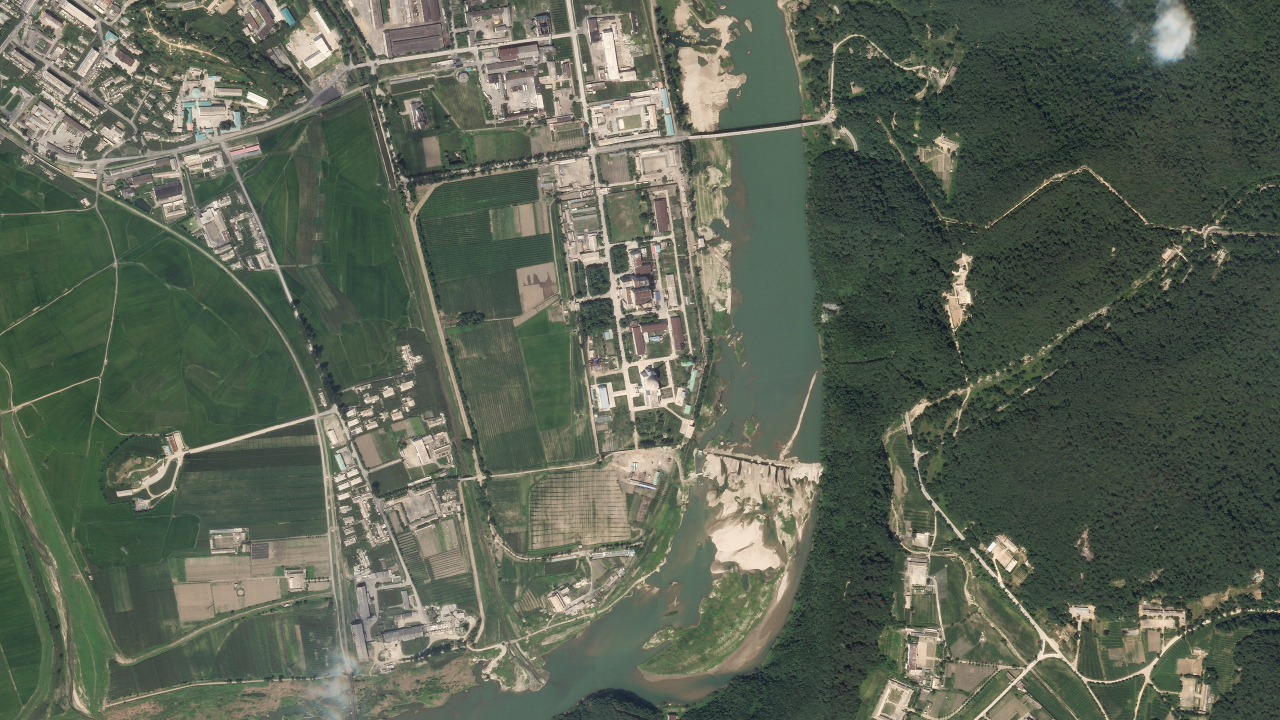NK appears to have reactivated Yongbyon nuclear reactor: IAEA
By Ahn Sung-miPublished : Aug. 30, 2021 - 15:17

North Korea appears to have restarted operations at its main Yongbyon nuclear reactor in July, a UN nuclear watchdog said, raising the alarm that the reclusive regime could be increasing its nuclear arsenal.
The International Atomic Energy Agency, in an annual report dated Friday, said it detected “deeply troubling” indications that the 5-megawatt nuclear reactor at the Yongbyon nuclear complex -- the country’s main source of weapons-grade plutonium -- has been reactivated.
“Since early July 2021, there have been indications, including the discharge of cooling water, consistent with the operation of the reactor,” the report said, noting this was the first sign of activity detected since December 2018.
The report also said that there are also indications that a nearby radiochemical laboratory was operating from mid-February to early July this year. This five-month period is longer than the usual time needed for waste treatment or maintenance activities, and is consistent with the duration of previous reprocessing campaigns, it said. The laboratory is used to extract plutonium by reprocessing spent fuel rods from the reactor for use in nuclear weapons.
“The DPRK’s nuclear activities continue to be a cause for serious concern. Furthermore, the new indications of the operation of the 5-megawatt reactor and the radiochemical laboratory are deeply troubling,” it said, referring to the North’s official name, the Democratic People’s Republic of Korea.
The IAEA called the North’s nuclear activities “deeply regrettable” and a “clear violation” of relevant UN Security Council resolutions.
Pyongyang expelled IAEA inspectors in 2009, and since then the agency has monitored the country’s nuclear program through open-source information and satellite imagery. North Korea’s last and largest nuclear test was in 2017, when it claimed to have successfully tested a hydrogen bomb.
The Yongbyon complex has been at the center of the North’s nuclear program, which produced the fissile material for the North’s six nuclear tests from 2006 to 2017.
North Korean leader Kim Jong-un offered to dismantle the Yongbyon complex in return for sanctions relief during a summit with US President Donald Trump in 2019. But the US rejected Kim’s offer because giving up Yongbyon would only be a partial concession, as the North is believed to have other enrichment facilities.
In response to the report, Lee Jong-joo, spokesperson for the Unification Ministry, said Seoul was closely monitoring the North’s nuclear and missile activities alongside the US, but declined to comment on whether Seoul is detecting signs of activities at the North’s nuclear complex.
The Defense Ministry also said the military is closely tracking the North’s nuclear situation in close coordination with the US, without providing further details.
The resumption of nuclear activities comes as the North on Sunday slammed the recent South Korea-US military exercise, vowing to bolster “war deterrence” strong enough to tackle and remove external threats.
Pyongyang has long said it will not give up its nuclear program until the US withdraws its “hostile policy” on the North, an apparent reference to US-led sanctions.



















![[Today’s K-pop] Treasure to publish magazine for debut anniversary](http://res.heraldm.com/phpwas/restmb_idxmake.php?idx=642&simg=/content/image/2024/07/26/20240726050551_0.jpg&u=)